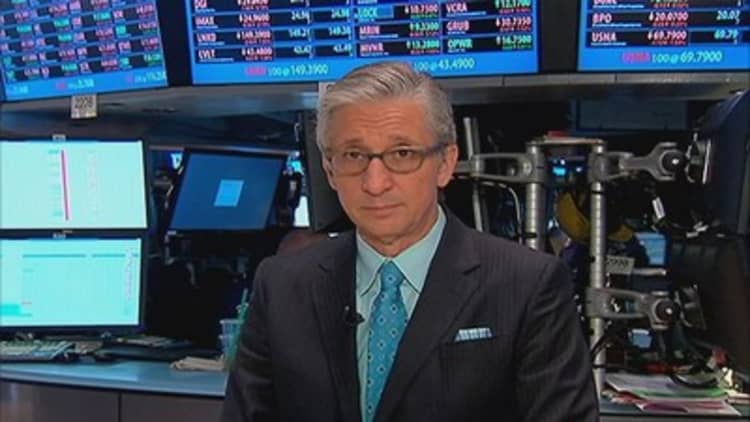John Waggoner of USA Today has an interesting article on CNBC.com with the intriguing title, "Is this fund the greatest wealth destroyer on the market?"
He's talking about an ETF, Proshares Ultrashort 20+ Year Treasury (TBT), which gives you two times the inverse of the 20-year Treasury. So if the 20-year rises in price one percent in a day, you lose two percent, and vice-versa.
Mr. Waggoner's point is that many have piled into this ETF, anticipating that long-term bond prices would be dropping, and yields would be rising. So far, they have been disappointed.

Mr. Waggoner brings up a good point: The markets have greatly disappointed investors who have believed that interest rates should have been rising by now, and have pro-actively tried to "short" the Treasury market using ETFs.
It's not just "average" investors who have felt pain from this trade. Many professional investors (hedge funds, etc.) were positioned short on Treasuries at the start of the year.
Because rates are so low, many are remaining "short" because they feel eventually rates will have to go up. That is true, but these are dangerous ETFs to hold for anything but the shortest of terms.
That's because you are guaranteed the minus two times return for only a single day, and the results over time may vary considerably.
For example, ETF.com tells me that the 5-year return of a straight long investment in long-term Treasuries was 24 percent, so a naive -2x return would have been down 48 percent. But TBT is down 69 percent in the same time period! So you could say the daily resetting issue "cost" you 21 percent.
As my friends at ETF.com have told me over and over, no one should hold leveraged and inverse funds for 5 months let alone 5 years. It's all about short term use unless you are crazy.
Here's what the ProShares website specifically says:
"This Short ProShares ETF seeks a return that is -2x the return of an index or other benchmark (target) for a single day, as measured from one NAV calculation to the next. Due to the compounding of daily returns, ProShares' returns over periods other than one day will likely differ in amount and possibly direction from the target return for the same period."
Buyer beware!
As for the bigger question: How long will we have to wait until rates rise? The Fed is poised to raise rates next year, but most are expecting rates to rise long before that. My own feeling is that this is a coiled spring that could snap very quickly. We are waiting for some confirmation that the economy is clearly in an accelerating frame of mind…so far we have been disappointed. This will likely happen in the third quarter, and then the bond bears will finally be right.
But there are plenty of people who thought there would be an acceleration in the second quarter and have been wrong so far!
What happened? Bond yields are not rising because several events have gotten in the way: 1) an emerging market crisis, 2) an underperforming economy, and 3) a geopolitical crisis (this time it was Russia/Ukraine).
- By CNBC's Bob Pisani


